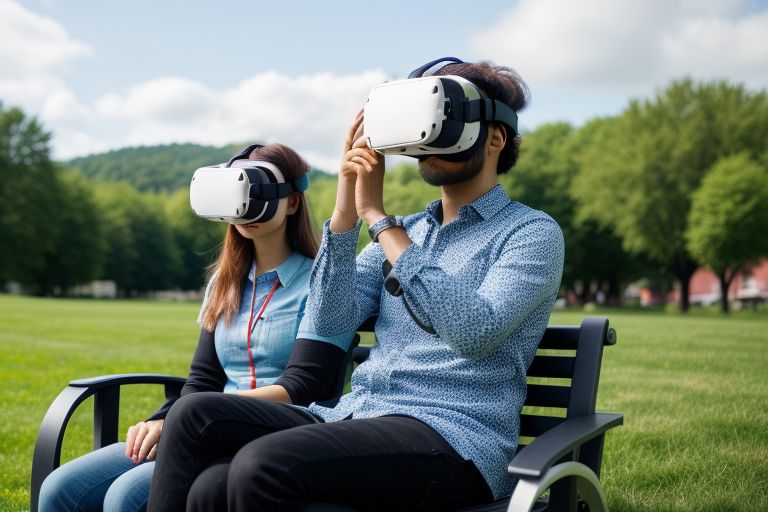
How Virtual Reality is Transforming the Audio Experience?
Virtual Reality (VR) is no longer just a tool for immersive gaming experiences or simulating far-off worlds. It’s now revolutionizing how we perceive and interact with audio content, ushering in a new era of auditory exploration and entertainment.
In recent years, VR technology has advanced by leaps and bounds, offering increasingly realistic and captivating experiences across various domains. While much attention has been focused on its applications in gaming, education, and training, its impact on audio experiences shouldn’t be overlooked. With VR, sound is no longer limited to stereo speakers or headphones; it becomes an integral part of a three-dimensional environment, enveloping users in a rich sonic landscape.
One of the key features of VR audio is spatial sound processing, which simulates the way sound behaves in the real world. By leveraging advanced algorithms and precise positioning data, VR systems can recreate the perception of sound coming from different directions and distances, creating a sense of presence and immersion that traditional audio formats can’t match.
Imagine walking through a virtual forest and hearing the leaves rustle overhead, or attending a concert where you can move around and explore different vantage points, each offering a unique auditory perspective. These are just a few examples of how VR is transforming the audio experience, blurring the line between reality and imagination.
But it’s not just about creating more realistic audio environments; VR also opens up new possibilities for interactive storytelling and content creation. With the ability to manipulate sound in real-time based on user input and movements, creators can craft dynamic narratives where the audience plays an active role in shaping the story. This level of interactivity adds a whole new dimension to audio experiences, making them more engaging and memorable.
From immersive soundscapes to interactive narratives, the potential applications of VR in audio are vast and varied. Whether it’s enhancing the ambiance of virtual environments, revolutionizing the way we consume music and podcasts, or redefining the art of storytelling, VR is poised to reshape the audio landscape in profound ways.
In conclusion, virtual reality is not just changing the way we see the world; it’s also changing the way we hear it. With its ability to create immersive and interactive audio experiences, VR is transforming the way we perceive and engage with sound, opening up new possibilities for entertainment, education, and beyond. As technology continues to evolve, we can expect even more exciting innovations in the realm of VR audio, further blurring the boundaries between the real and the virtual.


